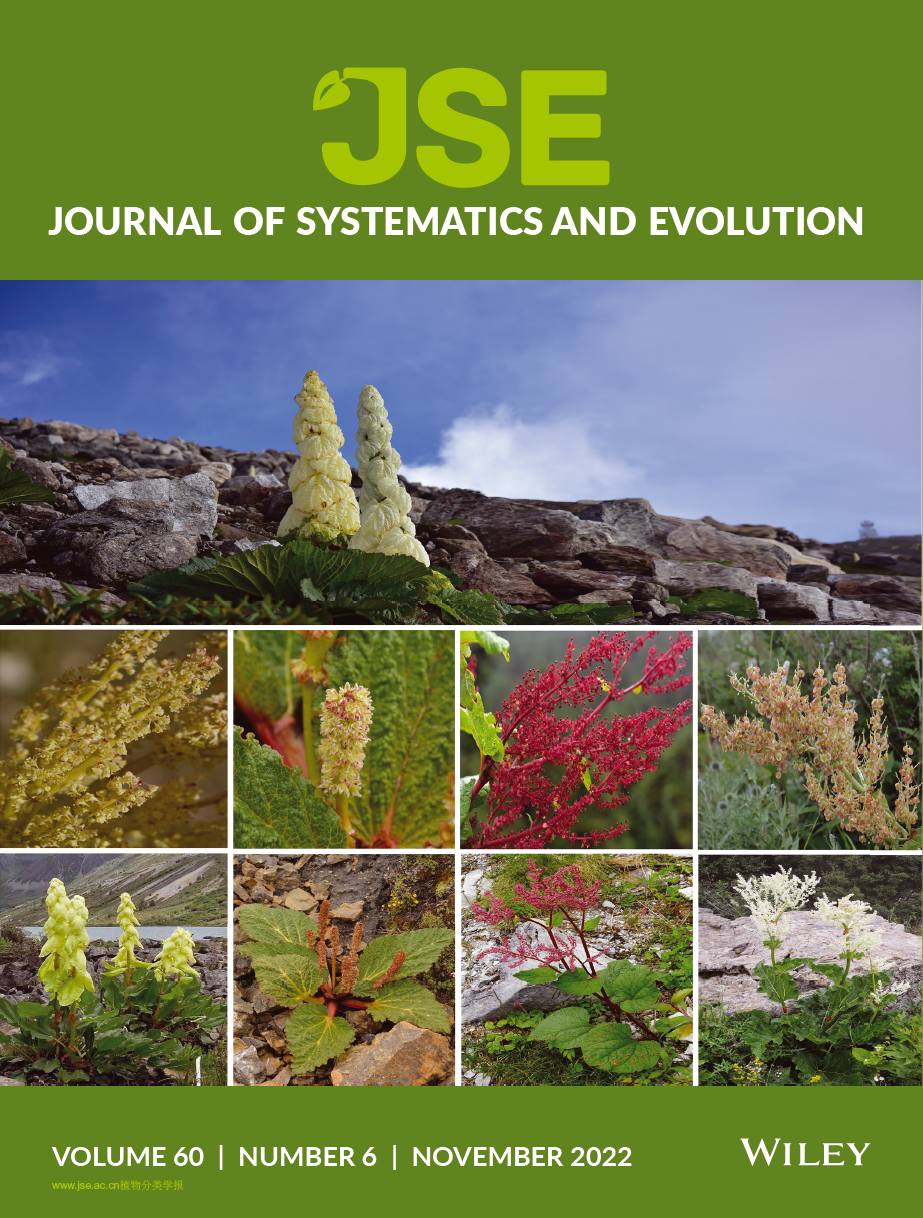Restriction site-associated DNA sequencing (RAD-seq) enables obtaining thousands of genetic markers for phylogenomic studies. However, RAD-seq data are subject to allele dropout (ADO) due to polymorphisms at enzyme cutting sites. We developed a new pipeline, RAD-seq Allele Dropout Remedy in our study of the gymnosperm genus, Torreya, to mitigate ADO in outgroups by recovering missing loci from previously published transcriptomes. By using RADADOR to supplement Rad-seq data in combination with plastome and mitochondrial gene sequences, morphology, and fossil records, we reconstructed the phylogenetic and biogeographic histories of the genus and tested hypotheses on anomalies of biodiversity of the eastern Asian-North American floristic disjunction. Our results showed that our pipeline recovered many loci missing from the outgroup, and the improved data yielded a more robust phylogeny for Torreya. Using the fossilized birth–death model and divergence–extinction–cladogenesis method, we resolved a detailed biogeographic history of Torreya that suggested a Jurassic origin spanning Laurasia and differential speciation and extinction among continents accounting for modern diversity, which is biased toward eastern Asia (EA). The biogeographic results also supported a vicariance origin of modern Torreya from a widespread ancestor in EA and North America (NA) in the mid-Eocene, and cross Beringian exchange in the early Paleogene before the vicariant isolation, in contrast to the “out of NA” pattern common to gymnosperms and to the “out of EA” hypothesis previously proposed for the genus. Furthermore, we observed phylogenetic discordance between the nuclear and plastid phylogenies for Torreya jackii, suggesting differential lineage sorting of plastid genomes among species of Torreya or plastid genome capture in T. jackii.










